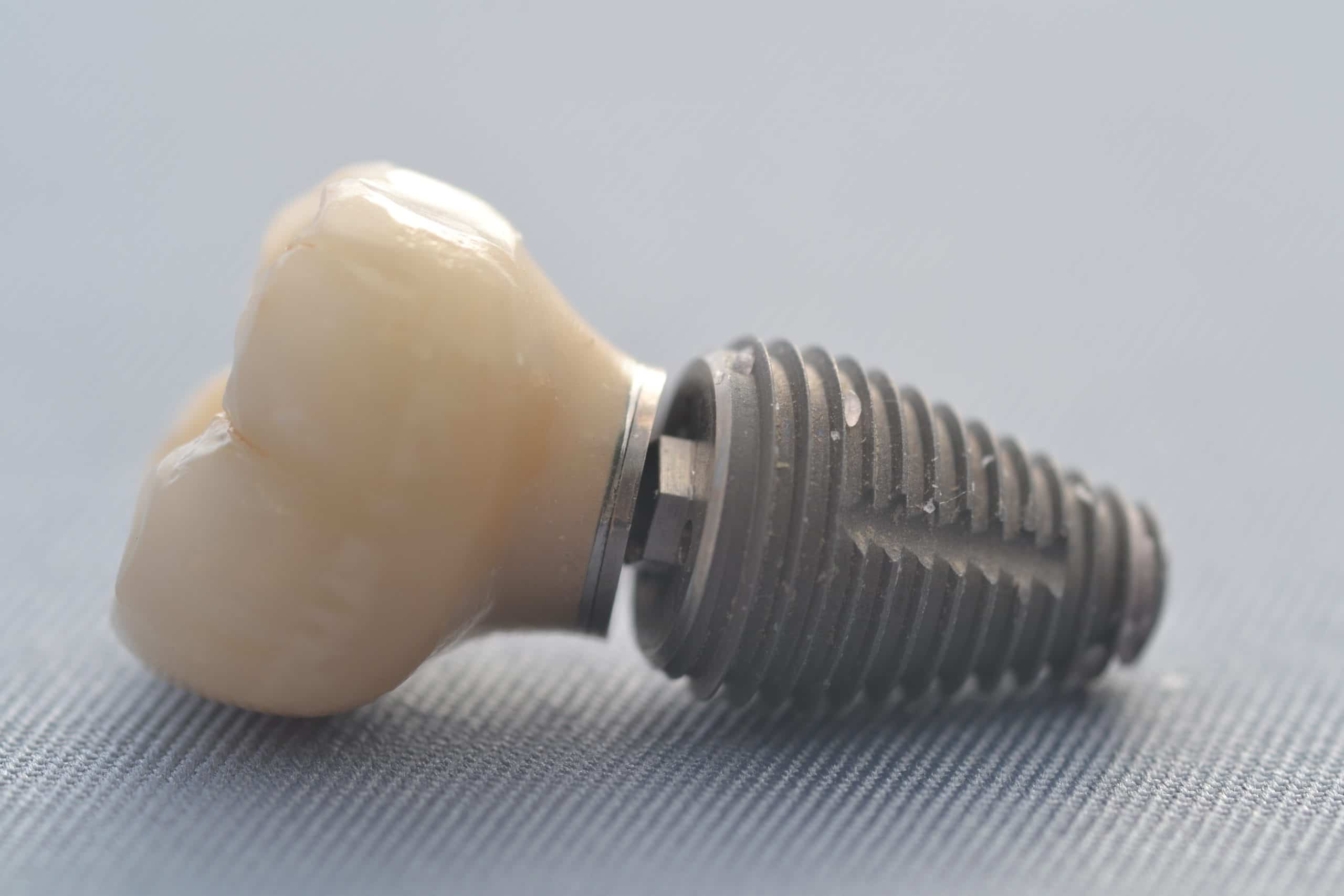
Andre Hattingh
A retrospective, multicenter study on a novo wide-body implant for posterior regions.
Vandeweghe S, Ackermann A, Bronner J, Hattingh A, Tschakaloff A, De Bruyn H.
Clin Implant Dent Relat Res. 2012 Apr;14(2):281-92. doi: 10.1111/j.1708-8208.2009.00253.x. Epub 2009 Dec 3.
PMID: 19958373

This study was conducted between 4 different clinics to assess the outcome of wide diameter molar implants
Abstract
BACKGROUND:
Wide implants are recommended as “rescues” after failure to increase primary stability in extraction sockets or in poor quality bone. Consequently, inferior results compared with regular diameter implants have been reported.
PURPOSE:
The purpose of this study was to evaluate retrospectively the outcome of a novo wide-body implant (Max® implant, Southern Implants®, Irene, South Africa) designed for placement in the posterior regions.
MATERIALS AND METHODS:
In four private practices, patients with at least one Max implant were examined by two independent examiners to determine implant survival and marginal bone loss. Surgical, prosthetic, and patient-related parameters were evaluated to determine their influence on the treatment outcome.
RESULTS:
Seventy-five patients (31 male, 44 female), with a mean age of 58 years, received 93 Max implants (59 maxilla, 34 mandible) of 8 to 10 mm width. Twenty-seven implants in molar extraction sockets and two in mature bone were immediately loaded; 42 in extraction sockets and 22 in mature bone were delayed loaded. The mean follow-up was 14 months (6-34), and four implants failed (4.3%); mean bone loss after 1 year was 0.46 mm (SD 1.08; range -5.45-3.25). A total of 91.4% lost <1.5 mm of bone during the first year. The implant survival rate was 89.7% and 98.4%, respectively, for the immediate and delayed loaded implants and 95.8% and 95.7% for delayed and immediate placement. Time of placement, time of loading, surgical protocol, or prosthetic design did not affect the outcome.
CONCLUSION:
Within the limitations of the study, the Max implant demonstrated a survival rate of 95.7% and stable bone conditions after a year, irrespective of loading or surgical protocol. Future prospective studies are needed to evaluate the soft and hard tissue changes in time.
 Dentist Referral Form
Dentist Referral Form 